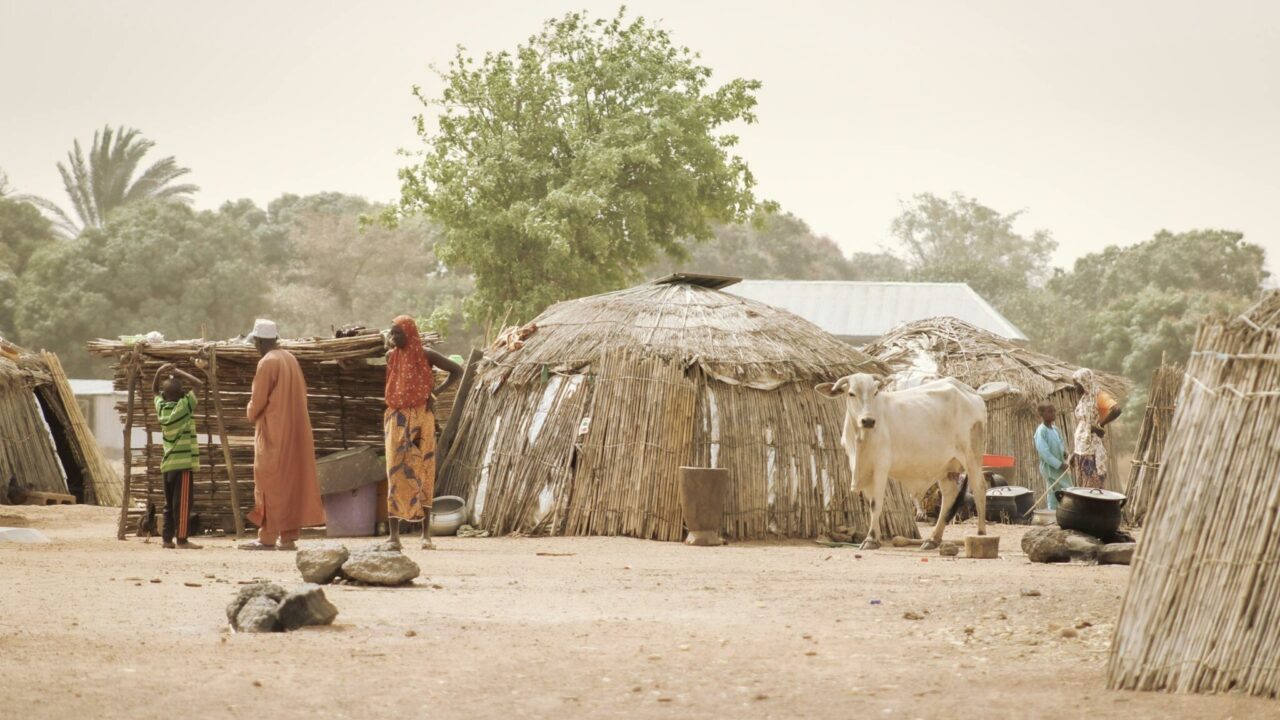Developing countries need smarter collaborations to improve animal health and sustainably transform the livestock sector amid reduced aid budgets.
That is according to Dr. Lois Muraguri, new CEO of the Global Alliance for Livestock Veterinary Medicines (GALVmed).
Dr. Muraguri, a Kenyan and British national, will be the first African to lead GALVmed in its 18-year history.
GALVmed is a product development and access partnership that develops and scales the availability of veterinary medicines for small-scale livestock producers in the Global South.
Millions of small-scale producers in developing countries face reduced productivity, loss of livelihoods, and food insecurity due to limited availability, access to, and awareness of veterinary medicines.
Outbreaks of diseases such as Rift Valley Fever (RVF) or Contagious Caprine Pleuropneumonia (CCPP) can lead to a 20% loss of livestock production annually, with CCPP alone having a yearly economic impact of around US$507 million.
Livestock sector
Since its inception, GALVmed has supported the delivery of veterinary vaccines, therapeutics, and other animal health products to small-scale livestock producers in multiple countries across Africa and South Asia.
This includes roll-outs of 1.3 billion livestock vaccines, which the organisation said has helped to avert 38.7 million livestock deaths and saved the livestock sector approximately $359 million.
Dr. Muraguri assumes leadership as GALVmed transitions into the second half of its 2030 Strategy, which focuses on increasing the availability, access, and adoption of quality veterinary medicines for small-scale livestock producers in sub-Saharan Africa.
The start of Dr. Muraguri’s tenure coincides with global discussions at the FAO Global Conference on Sustainable Livestock Transformation, which is spotlighting scaling innovations and solutions-driven approaches to sustainably transform the livestock sector.
GALVmed, under Dr. Muraguri’s leadership, is expected to focus on strengthening market platforms aligned with countries’ local needs and realities, as well as mobilising private and public partnerships to ensure animal health solutions are delivered sustainably and at scale.
“We are at a period of shrinking international aid budgets and reduced public spending, which lengthens the time it takes to see results in agricultural development,” Dr. Muraguri said.
“This makes it more urgent for the international community, including development partners and those implementing development programmes, to strengthen country-level partnerships and market platforms that can sustain animal health systems over the long-term.
“The priority should be collaborating to ensure animal health innovations reach farmers sustainably and at scale.”
Food security
With demand for animal-source food in low- and middle-income countries projected to rise by more than 20% by 2050, GALVmed said it will focus on embedding animal health solutions into wider agricultural and financial systems.
The goal is to reduce losses, increase livestock productivity and household incomes, and build resilient food systems that deliver lasting benefits for smallholder households.
Dr. Muraguri stressed the need for the animal health sector to move beyond a single-disease approach to supporting innovative combination vaccines.
“A disease-by-disease approach is costly, impractical and often disconnected from what small-scale producers experience on the ground,” she said.
“It is more efficient to provide access to integrated solutions, like combination vaccines that protect against several diseases at once.
“GALVmed seeks to be a systems-level catalyst and trusted convenor that accelerates adoption of animal health solutions by small-scale livestock farmers.”

